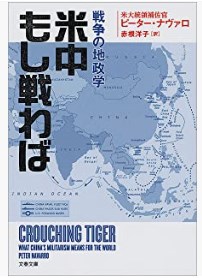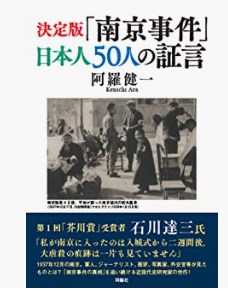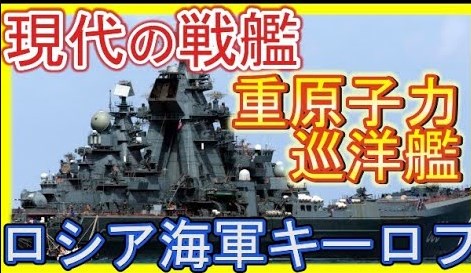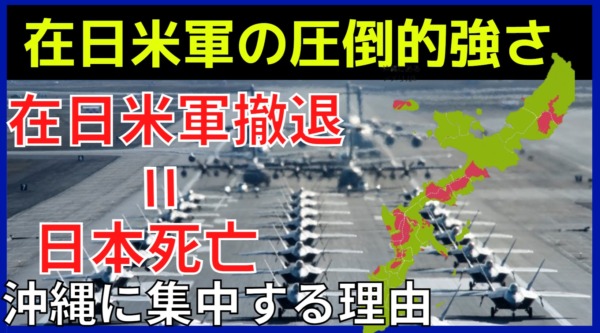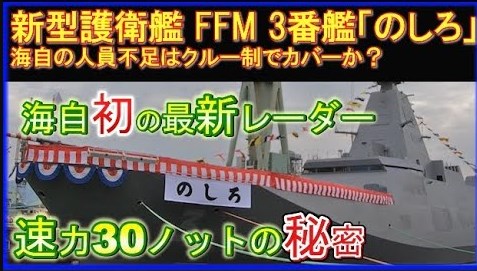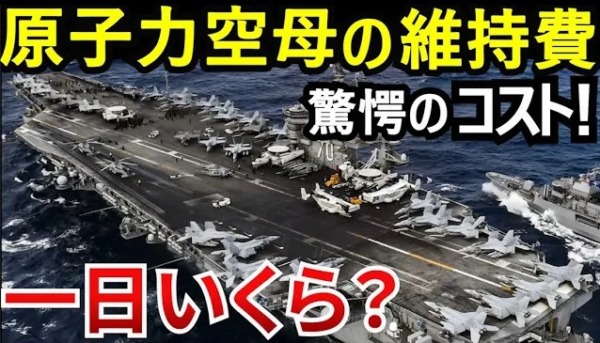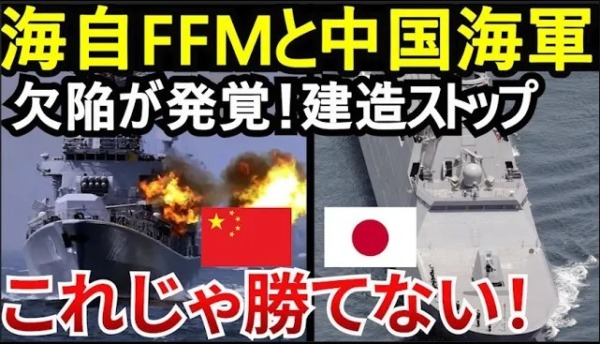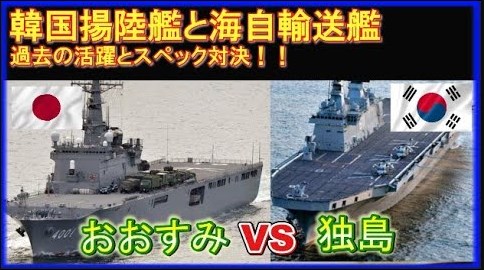
Amazonのオーディオブック12万タイトルの本を好きなだけお楽しみいただけます。・本の1冊分の月額で聴き放題
・料金をメリットが上回る
・いつでも読書できる
・読書量が格段に増え、積読が解消される
・長時間の読書も目が疲れない
・聴くたびに学びを感じる
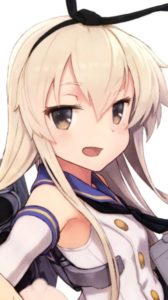
This article is available in English.
Please scroll below the Japanese article
見た目は空母に似ているが、その用途はまったく違う強襲揚陸艦。
アメリカやイギリスで軽空母を改修してヘリコプターに特化したのが始まりである。
空母のように戦闘機を強制加速させるカタパルトや、着艦時に停止させるアレスティングワイヤーは装備していないため、、F-35Bやオスプレイ、ヘリコプターなど垂直に着艦できる航空機の運用がメインになる。
我が国の海上自衛隊は揚陸艦といわれる艦艇は保有していないものの、現在は輸送艦「おおすみ型」がその任務を担っている。
また、韓国海軍も強襲揚陸艦を保有しており「おおすみ型」と同じく、LCAC(エルキャック)と呼ばれるホバークラフトを搭載している。
前回の動画では「いずも型」と独島を比較したが、今回はリクエストが多かった「おおすみ型」について、その搭載能力や航空機運用などについて比較していこう。

前回は「いずも」との比較だったけど、今回は「おおすみ」との比較動画もあるので見てね!
この記事に書かれている内容は
韓国揚陸艦「独島(どくと)」
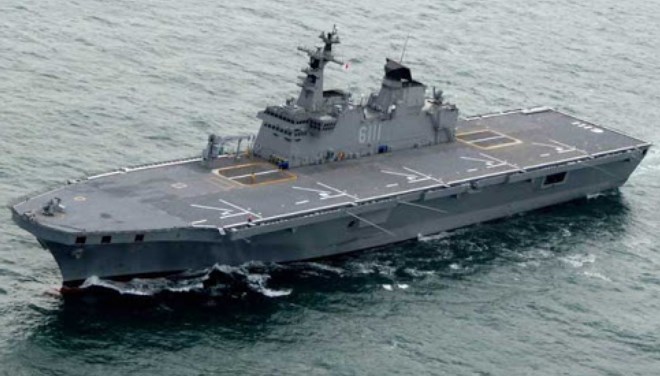
独島型揚陸艦とは、韓国海軍に配備されるドック型揚陸艦である。
ドック型とは、艦内のウェルドックとよばれる空間に上陸用舟艇やホバークラフトを搭載した揚陸艦である。
それらに海兵隊や装備、車両をのせて、敵地に上陸して作戦を決行する。
韓国海軍の強襲揚陸艦「独島」が正式に配備されたのは2007年だ。
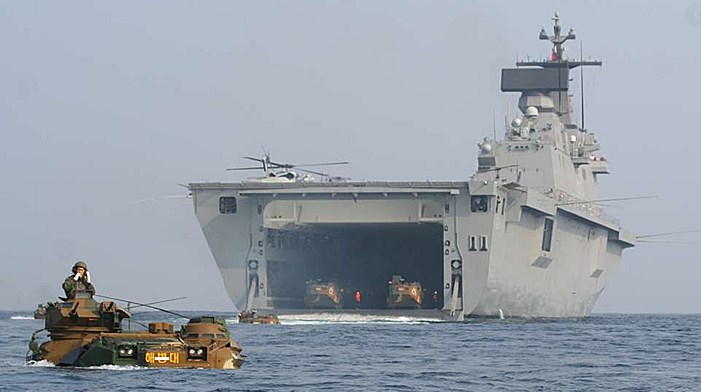
建造はイギリスのブリティッシュエアロスペースの協力を経て2002年より始まり、約5年の建造期間を経て任務についた。
揚陸艦独島の名称は日本固有の領土、竹島の韓国名称であり、いかに日本をライバル視しているかがわかるシップネームだ。
独島型のメインエンジンはディーゼルエンジン4基の2推軸スクリューで、最大速度は22ノット、約40㎞の速度を出す事ができる。
しかしながら設計時にダメージコントロールの設計が甘かったため、のちの航海で火災をおこし航行不能となる。
その理由であるが、2つある発電機の1つから火災が発生し、消火のために放水したところ、もう1つの発電機も水びたしになり故障。
そのため、艦の発電能力が0になり、航行不能状態となった。
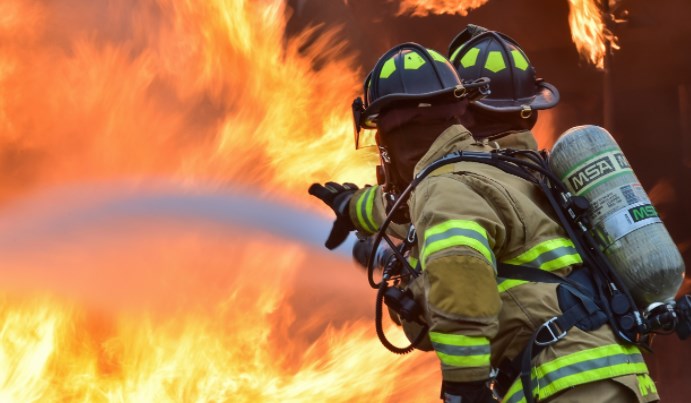
艦艇は攻撃を受けた場合を考慮して、通常は発電機や重要なシステムなどは、メインとサブを離れた位置に設定する。
しかし、独島はどちらも近い位置に設計されていたのだ。
また、ウェルドック内にLCACを2隻搭載時は後部エレベーターは、それらに干渉するため降ろせないという設計になっている。
近接防御用「ゴールキーパー」とRAM(ラム)を装備しているが、残念ながら「ゴールキーパー」は設計ミスにより甲板上に駐機する艦載機が射界に入り、誤って射撃する恐れがあるため、配置を変えて運用をすることとなった。
独島は武装した隊員を約770名収容可能で、海上自衛隊のおおすみ型輸送艦と同様のエアクッション艇2隻を搭載しており、敵地に上陸して作戦を行うことができる。
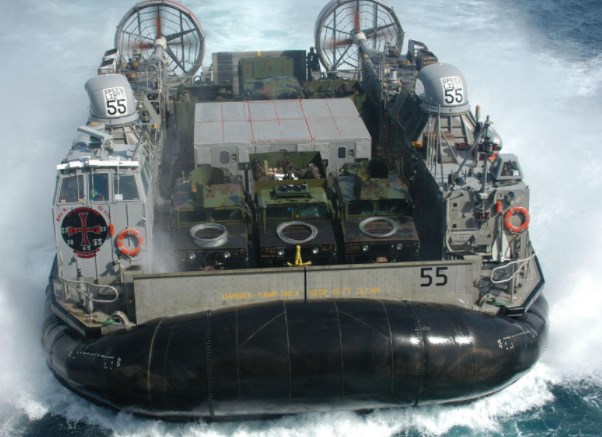
ヘリコプターも搭載可能であるが、韓国軍の艦載ヘリコプターは防錆処理技術が不十分のため、塩害に弱いと指摘されている。
この事から独島型揚陸艦に艦載機が搭載されて行われたオペレーションはほとんど確認されていない。
米国との共同演習時においても独島型からヘリコプターが飛ぶ姿やオスプレイなどの航空機が発艦する姿を見た事がないという、非常に運用実績が謎の揚陸艦である。
海上自衛隊 輸送艦「おおすみ型」
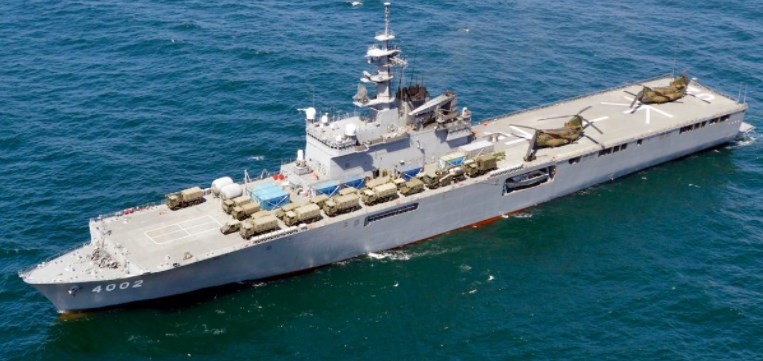
海上自衛隊のおおすみ型輸送艦は鹿児島県の大隅半島がその名の由来である。
1998年に就役し、建造費用は272億円、みうら型輸送艦の後継艦として建造された。
艦種はLST、戦車揚陸型輸送艦となるが、実際にはドッグ型揚陸艦として認知されている。
艦の全長は178メートル、幅は25.8メートルで、就役当時はその艦の形上から空母だと話題になった。
現在、海上自衛隊ではこのおおすみ型輸送艦を3隻保有しており、2番艦「しもきた」3番艦の「くにさき」となっている。
母港は3隻とも広島県の呉で、第1輸送隊に配備されている。
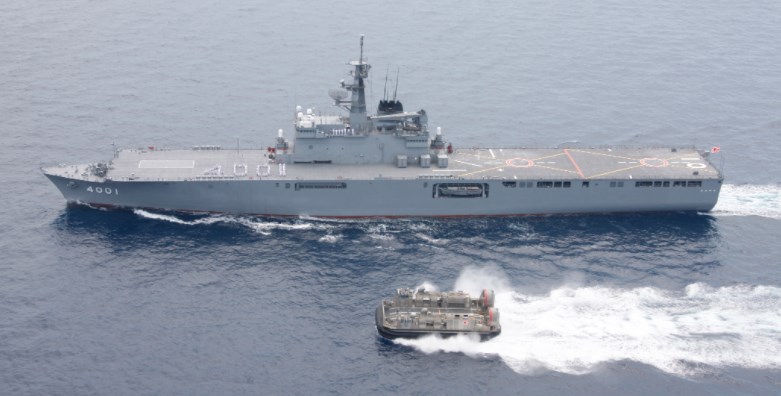
満水排水量は14000トンで、三井製ディーゼルエンジンを2基搭載して最大速力は22ノットであり、韓国の独島と速力は同じである。
また艦内には、2隻のエアクッション艇、LCAC(エルキャック)を搭載しており、この点においても独島と同様である。
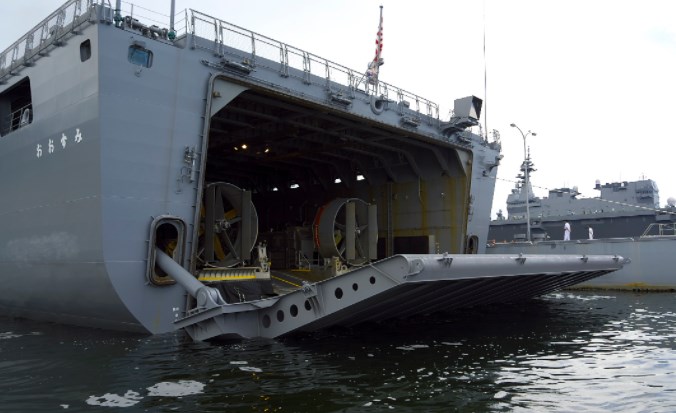
甲板にはCH47チヌーク大型ヘリコプターを2機搭載できる耐久性と広さを持っており、武装した陸上自衛隊員を約330名収容でき、また90式戦車を18両搭載する事が可能。
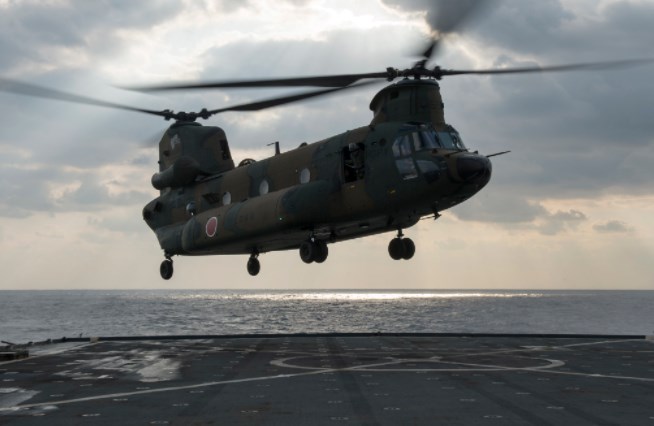
またトラックや車両を多数搭載でき、第1甲板には38台、艦内の第4甲板には27台、90式(きゅうまるしき)戦車を18両搭載する能力があり、陸自の中隊戦闘群を輸送する能力がある。
輸送艦のため装備は簡素で、自衛用の近接防御20ミリ高性能機関砲CIWS(シウス)2基のみとなっている。
また艦橋内部に手術室、歯科治療室などを完備しているので病院船としての機能するため、災害派遣などで実際に活躍している。
甲板の前部と後部に巨大なエレベーターを配置しており、ヘリコプターを艦内に運搬することで、格納庫として使用が可能である。
また、おおすみは近代改修を経て甲板の耐熱処理加工でオスプレイの離発着艦が可能となった。
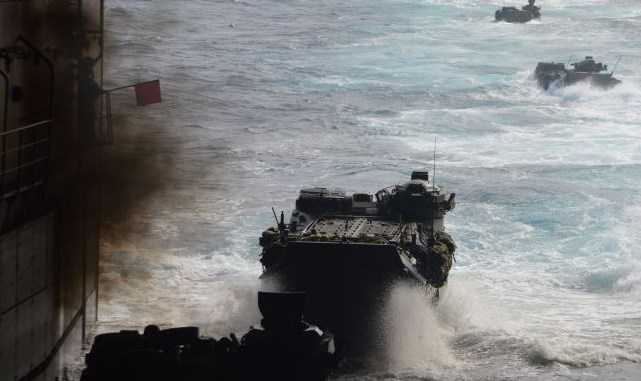
また後部のウエルドッグの改修により、LCAC(エルキャック)だけでなく、陸上自衛隊の水陸両用車AAV7の運用もできるようになった。
揚陸艦を保有しない日本であるが、おおすみ型の装備と搭載能力を見ると、他国の強襲揚陸艦と引けを取らない。
独島とおおすみの比較
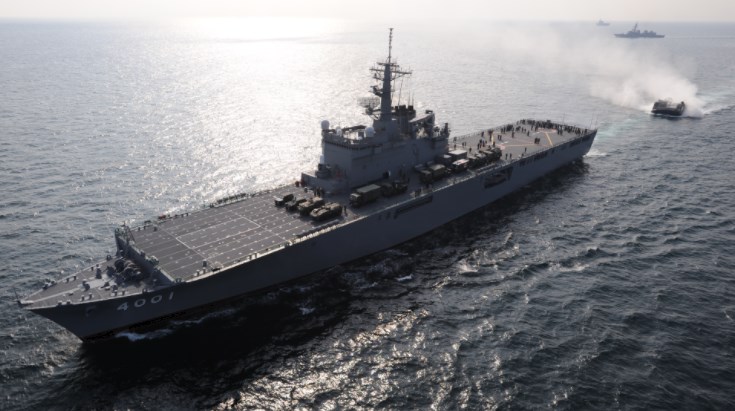
独島とおおすみは揚陸艦と輸送艦では任務の特性に違いを感じるが、事実上、おおすみも揚陸艦としての機能するのは間違いない。
兵装は独島型揚陸艦が重武装であるのに対して、おおすみ型は最小限の自衛火器しか搭載していない。
しかし揚陸艦や輸送艦の目的は戦う事ではなく、兵士や装備を速やかに目的地に輸送し、展開させる事であり、おおすみ型の護衛はイージス艦がメインになる。
韓国海軍は重武装する傾向があり、船のバランスやメンテナンスがうまくいかないことは有名である。
なぜなら、オランダ製の武器とレーダー、アメリカ製のRAM、そして韓国製の船体といったようにシステムが複雑なため、不具合が多く発生している。
では、ここで「おおすみ型」と「独島」のスペックを比較してみる。

運用実績であるが、海上自衛隊のおおすみ型輸送艦は、イラク復興支援の際に陸上自衛隊の軽装甲機動車、トラックをイラクへ輸送した。
東日本大震災では、搭載するヘリコプターで洋上から物資の輸送、またエアクッション艇で被災者や重機の輸送を行い、入浴支援や洗濯、病気の診察などを行った。
また、インドネシア、スマトラ島沖地震の際も国際緊急援助として派遣した実績がある。

おおすみ型輸送艦は、中東までの往復など長期航行に耐え、また災害派遣でその能力を発揮している。
また、2014年にはおおすみ型の甲板に陸上自衛隊の多連装ミサイル発射機、通称MLRS(マーズ)を並べておおすみの甲板で模擬射撃訓練を行っている。

では、独島型揚陸艦の実績はどうだろうか?
今のところ、目立った活躍や国際貢献などの報道はなく、外洋での航海も確認されていない。
軍の記念日などで韓国軍をPRする際には、イベント支援艦として登場している。
またエンジンも独島型が、4基のディーゼルエンジンで速力22ノットなのに対し、おおすみ型は半分の2基のディーゼルエンジンで22ノットを発揮する。
そして外洋での長期間の航行実績はなく、ほぼ近海のみとなっている。。
これらの事から分かる様に、海上自衛隊のおおすみは着実に運用実績を重ねて、艦の練度と運用能力を蓄積している点で独島型揚陸艦よりも優れていると言えよう。
おおすみ型と独島の比較 まとめ
韓国海軍は日本の装備を真似をしたがる傾向があり、ライバル心をむき出しにして、国力と周辺国とのミリタリーバランスを考えない。
一方、日本は地震や水害など自然災害の多い国であるが、その際はおおすみ型やいずも型が派出され、被災者の救助や援助を行っている。
そしてなによりも、尖閣諸島、島嶼防衛に舵をきった日本の防衛計画の中枢を担うのが輸送艦「おおすみ型」ではないだろうか。
奪われた島嶼に陸上自衛隊の水陸機動団の装備、人員を輸送し展開させる重要なミッションを背負うこととなる。
これからも、おおすみは改修され離島防衛の切り札になる事だろう。
また中国の海洋進出、尖閣諸島における領海侵入の回数は増え、いつ有事に発展するか分からない情勢下で、海上防衛と島嶼防衛を担う海上自衛隊の任務はますます緊張度を増しているといっても過言ではない。
また陸上自衛隊独自で輸送艦を持つ構想があるようだが、その際は輸送艦おおすみで蓄積されたノウハウが役に立つだろう。
Although it looks like an aircraft carrier, the purpose of this assault landing ship is completely different.
It originated in the United States and the United Kingdom, where light aircraft carriers were modified to specialize in helicopters.
They are not equipped with catapults to force fighter jets to accelerate or arresting wires to stop them when they land, like aircraft carriers, so they mainly operate aircraft that can land vertically, such as F-35Bs, Ospreys, and helicopters.
Although Japan’s Maritime Self-Defense Force does not have landing craft, the Osumi class transport ship is currently in charge of this mission.
The South Korean Navy also has an assault landing ship, and like the Osumi, it is equipped with a hovercraft called the LCAC.
In the previous video, we compared the Izumo and the Dokdo, and this time, in response to many requests, we will compare the Osumi with regard to its carrying capacity and aircraft operations.
The dock type is a landing ship equipped with landing craft and hovercraft in a space called the well-dock inside the ship.
Marines, equipment, and vehicles are loaded on them, and they land in enemy territory to carry out operations.
The South Korean Navy’s assault landing ship Dokdo was officially deployed in 2007.
The construction of the ship began in 2002 with the cooperation of British Aerospace, and after about five years of construction, the ship was ready for duty.
The name of the landing ship Dokdo is the Korean name for Takeshima, a territory indigenous to Japan, and the ship’s name shows how much it regards Japan as a rival.
The Dokdo’s main engine is a two-thrust screw with four diesel engines, and it can reach a maximum speed of 22 knots, or about 40 kilometers per hour.
However, due to poor damage control design, the ship caught fire on a later voyage and became unseaworthy.
The reason for this was that a fire broke out in one of the two generators, and when water was sprayed to extinguish it, the other generator was also flooded and failed.
As a result, the ship’s power generation capacity was reduced to zero and the ship became unseaworthy.
Normally, naval vessels set up their main and sub generators and critical systems far apart in case they are attacked.
However, Dokdo was designed with both in close proximity to each other.
It was also designed so that when two LCACs were installed in the Weldock, the rear elevators could not be lowered because they would interfere with them.
The ship is equipped with “goalkeepers” and RAMs for close-proximity defense, but unfortunately, the “goalkeepers” had to be repositioned for operation because of a design error that could cause them to accidentally fire into the firing range of aircraft parked on the deck.
Dokdo can accommodate about 770 armed personnel and is equipped with two air cushion boats similar to the Maritime Self-Defense Force’s Osumi-type transport ships, which can land on enemy territory to conduct operations.
It can also carry helicopters, but it has been pointed out that the ROK military’s ship-based helicopters are vulnerable to salt damage due to insufficient anti-corrosion treatment technology.
For this reason, few operations have been conducted with shipboard helicopters aboard the Dokdo landing ship.
Even during joint exercises with the U.S., there have been no sightings of helicopters flying or aircraft such as Ospreys departing from the Dokdo landing craft, making it a landing craft with a very mysterious operational record.
The Osumi class transport ships of the Maritime Self-Defense Force take their name from the Osumi Peninsula in Kagoshima Prefecture.
It was commissioned in 1998, cost 27.2 billion yen to build, and was built as a successor to the Miura class transport ships.
The ship type is LST, Tank Landing Transport, but it is actually recognized as a dog-type landing ship.
The ship is 178 meters in length and 25.8 meters in width, and when it was commissioned, it was talked about as an aircraft carrier because of its shape.
Currently, the Maritime Self-Defense Force has three of these Osumi type carriers, the second ship Shimokita and the third ship Kunisaki.
The home port for all three ships is Kure, Hiroshima Prefecture, where they are deployed in the 1st Transport Group.
They have a full water displacement of 14,000 tons and are powered by two Mitsui diesel engines with a maximum speed of 22 knots, the same speed as the Korean Dokdo.
The ship is also equipped with two air cushion boats, LCACs, which are similar to Dokdo in this respect as well.
The deck is durable and spacious enough to carry two CH47 Chinook helicopters, about 330 armed Ground Self-Defense Force personnel, and 18 Type 90 tanks.
It is also capable of carrying a large number of trucks and vehicles, 38 on the first deck, 27 on the ship’s fourth deck, and 18 Type 90 (Kyumaru-shiki) tanks, and is capable of transporting a company battle group of the GSDF.
Because it is a transport ship, the equipment is simple, with only two CIWS (Cius) 20mm high performance machine guns for self-defense.
It is also equipped with an operating room and a dental care room inside the bridge, so it can function as a hospital ship, and is actually active in disaster relief.
Huge elevators are located at the front and rear of the deck, and helicopters can be transported into the ship to be used as hangars.
In addition, the Osumi has undergone a modern refit, and the heat-resistant treatment process on the deck allows the Osprey to take off and land on the ship.
In addition, the upgrade of the weldog at the rear of the ship has made it possible to operate not only LCACs but also AAV7 amphibious vehicles of the Ground Self-Defense Force.
Although Japan does not have landing ships, the equipment and carrying capacity of the Osumi is comparable to that of other countries’ assault landing ships.
Although there is a difference in the mission characteristics of the Dokdo and Osumi between a landing ship and a transport ship, there is no doubt that the Osumi can, in effect, also function as a landing ship.
In terms of armament, the Dokdo landing ship is heavily armed, while the Osumi carries only minimal self-defense firepower.
However, the purpose of landing ships and transports is not to fight, but to quickly transport and deploy soldiers and equipment to their destinations, and the Osumi’s escorts are mainly Aegis ships.
The South Korean Navy tends to be heavily armed, and it is well known that the ships do not balance and maintain themselves well.
This is because of the complexity of the system – Dutch weapons and radar, American RAM, and Korean hull – which has led to many glitches.
Let’s now compare the specs of the “Osumi” and the “Dokdo”.
As for operational records, the Osumi class transport ships of the Maritime Self-Defense Force transported light armored vehicles and trucks of the Ground Self-Defense Force to Iraq during the reconstruction assistance.
In the aftermath of the Great East Japan Earthquake, onboard helicopters transported supplies from the sea, while air-cushioned boats transported victims and heavy equipment, and provided bathing support, laundry, and medical examinations.
It has also been dispatched as an international emergency aid mission in the aftermath of the earthquake off Sumatra, Indonesia.
The Osumi transports are capable of long voyages, such as to the Middle East and back, and have demonstrated their capabilities in disaster relief.
Also, in 2014, the Ground Self-Defense Force’s multiple missile launchers, known as MLRS (Mars), were lined up on the deck of the Osumi to conduct mock firing drills on the deck of the Osumi.
So what are the Dokdo landing ships’ achievements?
So far, there have been no reports of any notable activities or international contributions, and there have been no confirmed voyages in the open sea.
It has appeared as an event support ship when promoting the Korean Armed Forces on military anniversaries and other occasions.
In addition, the Dokdo type has four diesel engines and a speed of 22 knots, while the Osumi type has two diesel engines and a speed of 22 knots.
In addition, the Osumi has never sailed in the open sea for long periods of time, but only in coastal waters.
As can be seen from the above, it can be said that the Osumi of the Maritime Self-Defense Force is superior to the Dokdo class landing ship in that it has steadily accumulated operational experience and has accumulated the ship’s proficiency and operational capability.
The ROK Navy has a tendency to want to imitate Japanese equipment, and in its rivalry, it does not consider its national strength and military balance with neighboring countries.
On the other hand, Japan is a country prone to natural disasters such as earthquakes and floods, and in such cases, the Osumi and Izumo types are deployed to rescue and assist the victims.
Above all, it is the Osumi class transport ships that play a central role in Japan’s defense plan, which has turned its attention to the Senkaku Islands and island defense.
It will carry the important mission of transporting and deploying the equipment and personnel of the Japan Ground Self-Defense Force’s Waterborne Task Force to the stolen islands.
The Osumi will continue to be upgraded and become a trump card in the defense of remote islands.
It is no exaggeration to say that the Maritime Self-Defense Force’s mission of maritime defense and island defense is becoming more and more tense in a situation where China’s maritime advancements and intrusions into the territorial waters of the Senkaku Islands are increasing and there is no telling when an emergency will develop.
It seems that the Ground SDF has its own plan to have its own transport ships, and the know-how accumulated by the Osumi transport ship will be useful in that case.
Amazonのオーディオブック12万タイトルの本を好きなだけお楽しみいただけます。・本の1冊分の月額で聴き放題
・料金をメリットが上回る
・いつでも読書できる
・読書量が格段に増え、積読が解消される
・長時間の読書も目が疲れない
・聴くたびに学びを感じる
